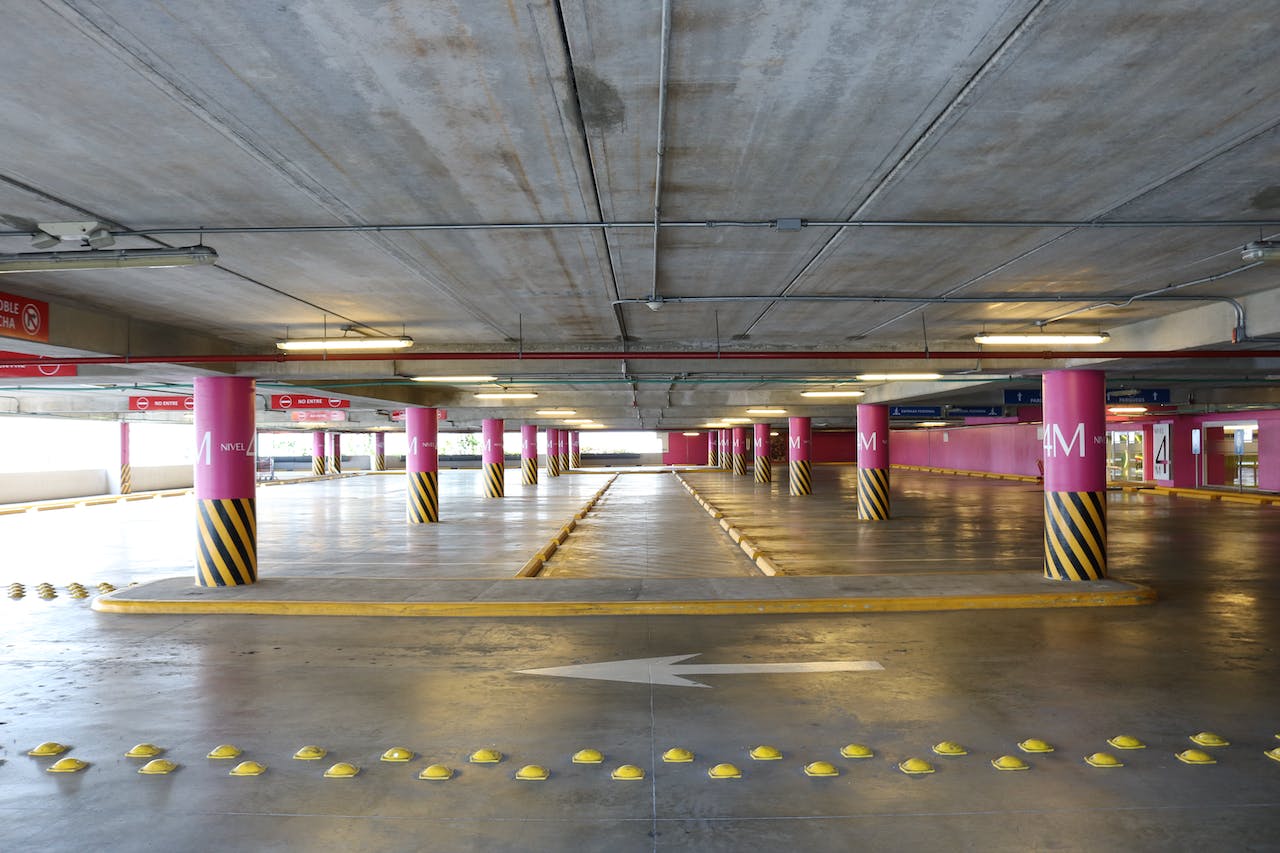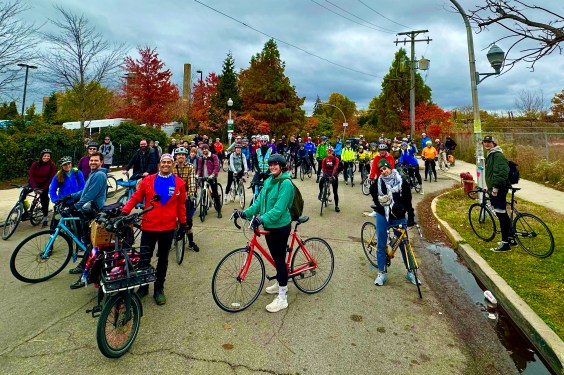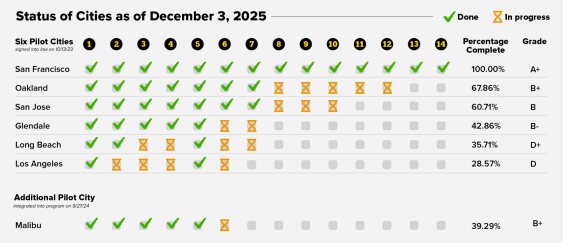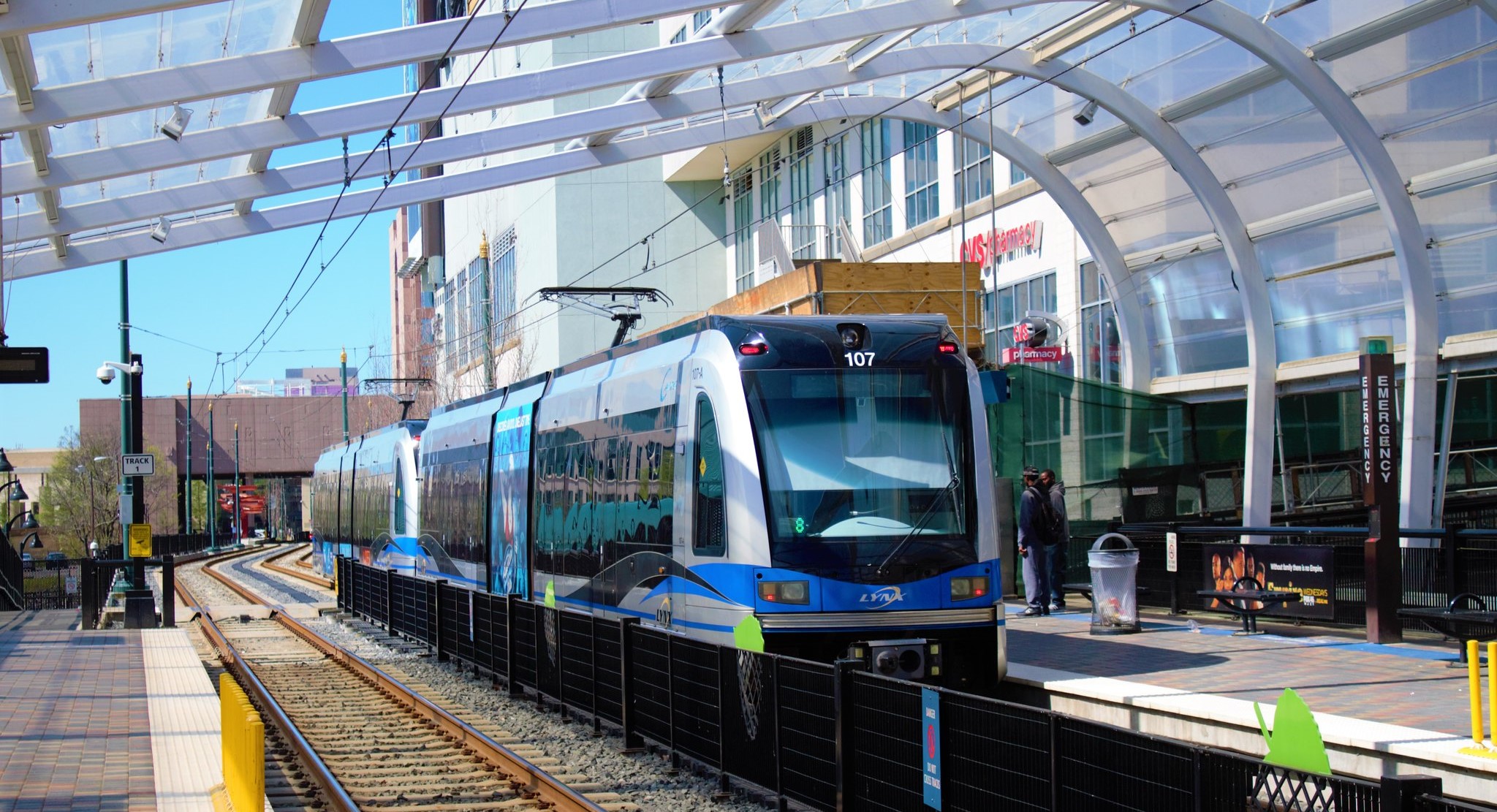Slate has posted this map to illustrate the concentration of "food deserts," where large numbers of people don't have access to fresh food. The USDA considers households more than a mile from a supermarket and without access to a car to be in food deserts, often with only convenience-store junk food for nourishment. In 2009, the agency found 2.3 million of these households. Here, Slate shows the preponderance of those households in Appalachia and the Deep South, and on Indian reservations.
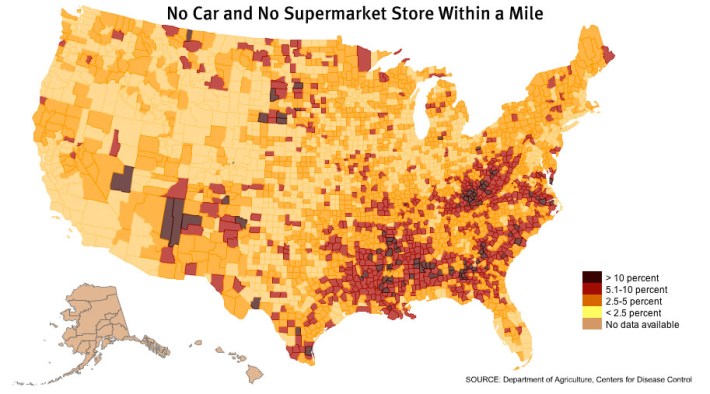
Access to healthy food is just one reason to build walkable places with a mix of uses and diverse transportation options. The places on this map are where people have been stranded -- how walkable can your neighborhood be if you can't walk to buy fresh produce? Many of the people identified here are poor and can't afford cars. Some are elderly or disabled and can't drive.
The most vulnerable members of our communities are the ones most hurt by transportation policies that keep a singular focus on automobile transportation and ignore those who need other ways to get around. What Slate is calling a food desert, you could also call an unlivable neighborhood, where even residents' most basic needs -- like access to healthy food -- are denied.

